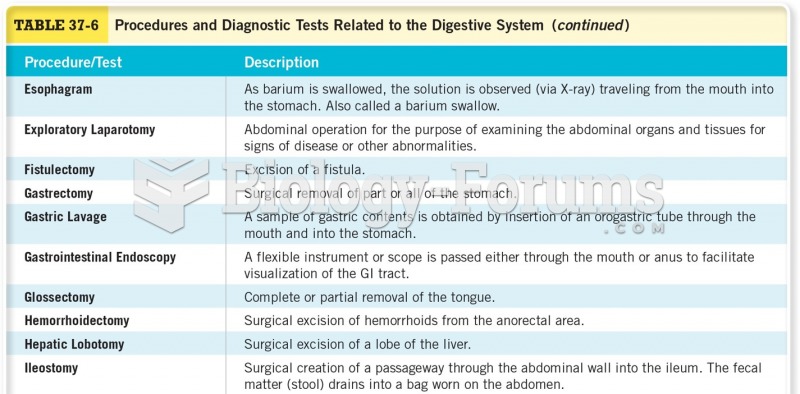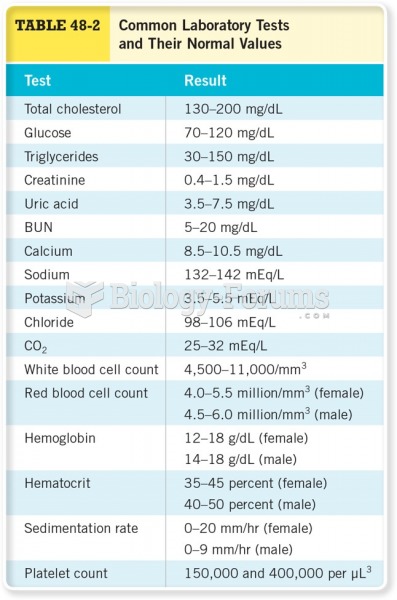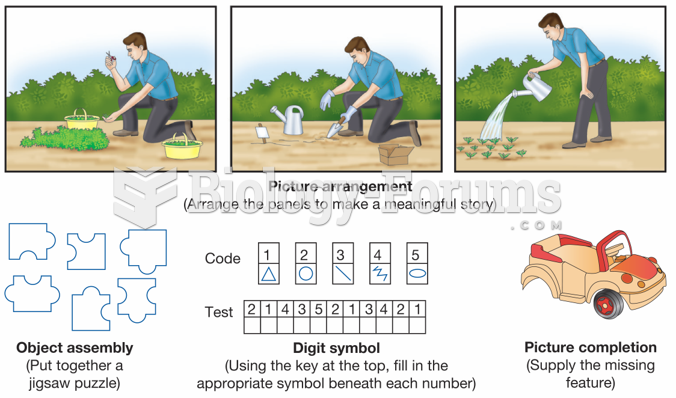Answer to Question 1
Answer: Students may choose to cover the ease of administration and scoring and the good general reliability and validity as pros of self-report tests. With regard to cons, the emphasis will likely be on problems of faking or response problems. In general, self-report tests are easy to administer, but there is no opportunity to directly observe any behavior on the part of the respondent. They may be ashamed to admit certain behaviors or attitudes and censor themselves with socially desirable responding, acquiescent responding (yea-saying) or reactant responding (nay-saying). Other respondents are lazy or not so conscientious and fall into some pattern such as only checking one extreme or adopting an actual pattern such as 1-2-3, etc. The terms for this are response set or noncontent responding. The student may also mention cultural patterns, such as the tendency of North American students to use extremes and for Asian students to stick to the middle of scales.
Answer to Question 2
Answer: Again, the student has a variety of valid topics that he/or she may decide to apply to this question. The basic issues have to do with the unstructured somewhat open-ended nature of performance-based tests, for example the TAT, and the more structured, limited-response nature of the self-report style, for example the Adjective Check List. It could be noted that self-report used to be called objective and performance-based used to be called projective. It should be mentioned that there is considerable evidence of low validity for performance-based methods. Examples of the structured nature of self-report tests could refer to Likert-type scales and forced-choice scales. The main example of a self-report scale in the textbook is the Machiavellianism Scale.
Examples of performance-based tests mentioned in the textbook include the Rorschach and TAT. The textbook gives examples of Association techniques (Rorschach); Construction techniques (TAT); Completion techniques (sentence completion); Arrangement (pick your favorite color); and Expression techniques (puppet play).







